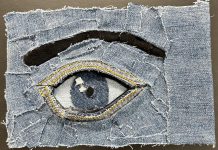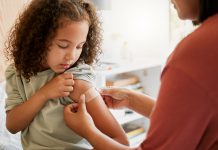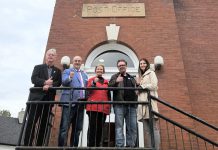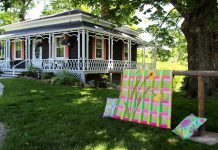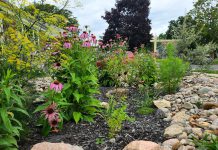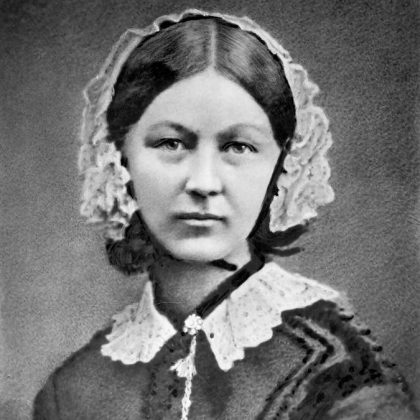
The World Health Organization has designated 2020 as the Year of the Nurse and Midwife in honour of the 200th anniversary of the birth of Florence Nightingale, a British social reformer and statistician and the founder of modern nursing.
In recognition of National Nursing Week, which takes place in 2020 from May 11 to 17 (it always occurs the Monday to Sunday around Florence Nightingale’s birthday on May 12), we are sharing this story submitted by Kristina Nairn about how public health nurses are using phones for case and contact management and medical surveillance during the COVID-19 pandemic.
Phones are an essential tool in the fight against COVID-19. For weeks now, health unit nurses and other staff have worked the phones on days, evenings and weekends.
Initially, it was answering hundreds of your questions/concerns. Recently, our focus has shifted to doing follow-ups and regular check-ins with people and places affected by the coronavirus.
There are two main types of calls that the health unit is currently doing.
The first is case and contact management, a strategy that’s been used for years by public health to trace and track other diseases, including tuberculosis and sexually transmitted infections. What’s new with COVID-19 is the size and scope of our case follow-up, and the ever-changing definitions and directives to follow.
Think of case and contact management as assembling a giant jigsaw puzzle. With accurate up-to-date information, we know who needs to self-isolate, as well as any of their close contacts, to contain the spread and exposure to COVID-19.
This is how it works: health unit staff like me will follow up with people who have tested positive for COVID-19. Over the phone, we discuss their symptoms, how to self-isolate for 14 days, and what extra supports they need to follow the rules, including arranging to have someone get groceries for them while they’re in self-isolation.
Another part of case and contact management is following up with others who were in close contact with the person who has COVID-19. They could be partners and children (or others who live in the same home), friends or neighbours, or co-workers. By tracing these contacts, we can discuss with them any exposure or symptoms they may have, and which precautions they need to take (like self-isolating) to slow the spread of COVID-19.
The other type of call we’re doing is medical surveillance. This involves health unit staff speaking daily by phone with those in self-isolation due to COVID-19 and their close contacts, ensuring they’re staying home and doing alright.
During these daily calls, we’ll check their symptoms/conditions aren’t getting worse and that they continue to have the supports they need. Health unit staff get to know these individuals very well through these daily contacts, which continue until they are cleared from self-isolation.
Our phone conversations aren’t limited to individuals. Health unit staff also work closely with hospitals, long-term care and retirement homes, municipalities, homeless shelters, group homes, and other venues to help with planning and monitoring related to COVID-19. We offer guidance, resources, and support as needed.
Normally as a nurse, I work with vulnerable populations and agencies that support them. Now that I’m doing COVID-19 response, I use that same approach — not just explaining how to self-isolate, but helping identify barriers for people like getting food, paying rent, and dealing with emotional impacts of these changes on their lives and what’s needed to improve their situations.
It’s important for me to help people in whatever way COVID-19 is affecting their lives. Working directly with individuals or community partners is rewarding. Prevention is such a critical tool, and the people I call or work with want to do whatever they can to protect their health and promote the well-being of friends, neighbours, clients and the entire community.
Protection, promotion, prevention: this is public health at its best.




